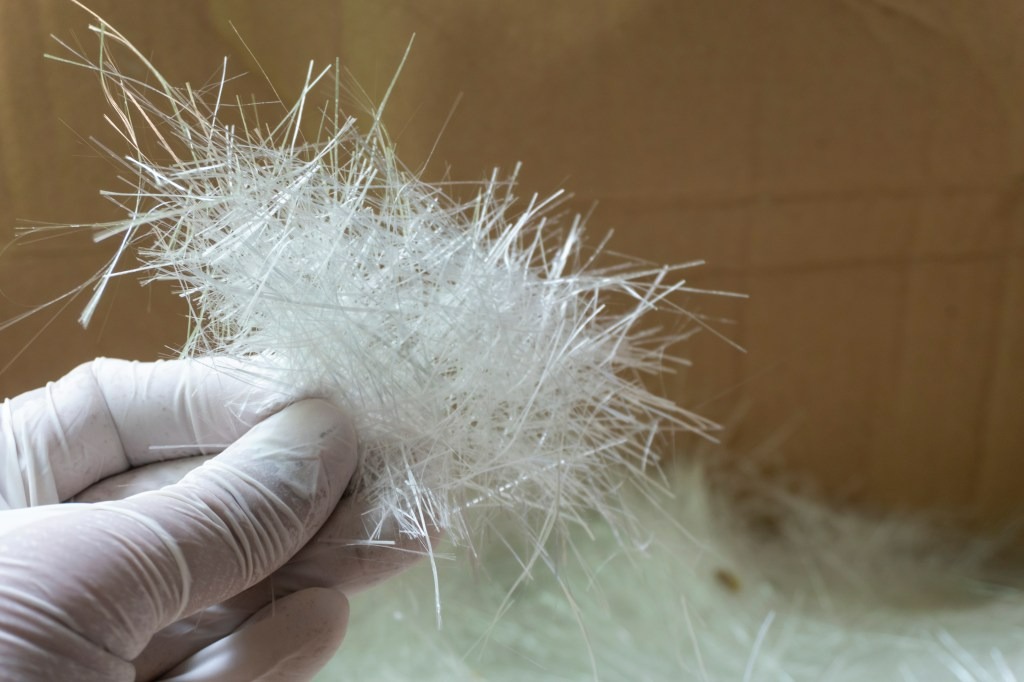
If you’re a fan of seafood, there’s a good chance you’ve chowed down on fiberglass.
Scientists at the Universities of Brighton and Portsmouth have uncovered significant fiberglass contamination in oysters and mussels collected from an active boatyard in Chichester Harbor, a popular sailing location in South England.
Within the edible soft tissues of these shellfish, researchers detected a startling amount of fiberglass, also known as glass-reinforced plastic (GRP). Their experiments revealed concentrations as high as 11,220 fiberglass particles per kilogram in oysters and 2,740 particles per kilogram in mussels.

Image credit: Tommaso Cantelli/Unsplash
“Our findings show a disturbing level of GRP contamination in marine life. This study is the first of its kind to document such extensive contamination in natural bivalve populations. It’s a stark reminder of the hidden dangers in our environment,” stated Dr. Corina Ciocan, principal lecturer in marine biology from the University of Brighton.
Fiberglass is a type of reinforced plastic material composed of extremely fine glass fibers embedded into a resinous matrix. Valued for its durability and lightweight properties, it has been extensively used in boat manufacturing since the 1960s.

The new study indicates that fiberglass particles are released into the environment when boats are crushed, dismantled, or repaired. The highest levels of GRP contamination were observed during winter, a season when many sailing enthusiasts take advantage of the poor weather to perform maintenance on their boats.
Once released into the water, these particles are “sucked up” by filter-feeding bivalves, such as oysters and mussels. The filter-feeding process results in the consumption of various microparticle contaminants, including infectious pathogens and plastics.

The researchers suggest that GRP contamination may adversely affect the health of shellfish and could potentially be fatal to them. They are now eager to investigate whether fiberglass microparticles can transfer up the food chain and pose a risk to human health.
“It’s a global issue, particularly for island nations with limited landfill space. Efforts are being made to find viable disposal solutions, but more needs to be done to prevent at-sea dumping and onshore burning,” explained Professor Fay Couceiro from the University of Portsmouth.

“We’re just starting to understand the extent of fiberglass contamination,” she noted.
The findings highlight the urgent need for better management practices and innovative solutions to address fiberglass pollution in marine environments.

Leave a Reply